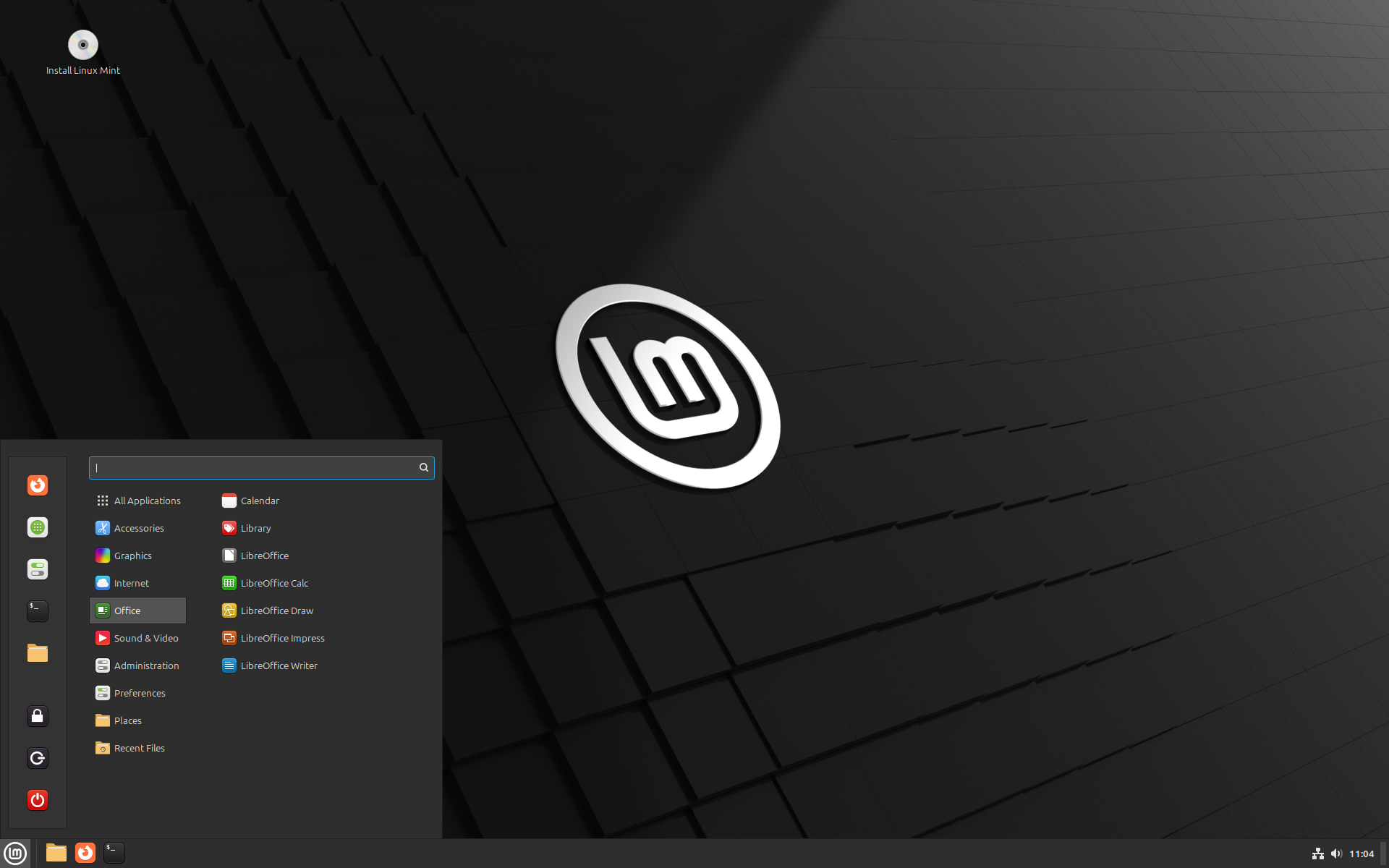- cross-posted to:
- linux@programming.dev
- linux@lemmy.ml
- cross-posted to:
- linux@programming.dev
- linux@lemmy.ml
The Linux Mint team has just released Linux Mint 22, a new major version of the free Linux distribution. With Windows 10’s end of support coming up quickly next year, at least some users may consider making the switch to Linux.
While there are other options, paying Microsoft for extended support or upgrading to Windows 11, these options are not available for all users or desirable.
Linux Mint 22 is a long-term service release. Means, it is supported until 2029. Unlike Microsoft, which made drastic changes to the system requirements of Windows 11 to lock out millions of devices from upgrading to the new version, Linux Mint will continue to work on older hardware, even after 2029.
Here are the core changes in Linux Mint 22:
- Based on the new Ubuntu 24.04 package base.
- Kernel version is 6.8.
- Software Manager loads faster and has improved multi-threading.
- Unverified Flatpaks are disabled by default.
- Preinstalled Matrix Web App for using chat networks.
- Improved language support removes any language not selected by the user after installation to save disk space.
- Several under-the-hood changes that update libraries or software.



these days I recommend fedora kinoite to beginners from windows.
It’s a good distro and it is a lot harder to break on accident, but there are a lot more minor kinks than fedora workstation. It can also get confusing for newcomers on the somewhat regular occasion that you need a non-flatpak package.
Can you give some examples of these kinks? I haven’t had any issues giving it to beginners.
Just from my own experience, many flatpak apps such as Steam, VSCode, or Kdenlive have a lot of issues, and many other flatpaks are maintained by third parties with poor quality control. This isn’t Silverblue/Kinoite’s fault, but it is still an issue that affects it. For certain machines where drivers aren’t included by default, it requires a lot more troubleshooting to install them compared to Linux Mint’s driver manager, or even just copying a few commands from the internet on a distro like Fedora.
Ah, the driver thing is mitigated by me doing the installation for them.
As for flatpaks having issues, that makes sense, i try to stick to verified flatpaks and do tell them to avoid unverified ones. I just really haven’t had these problems, have you had them recently or historically?
It’s more of a historical problem, and I’ve always been able to solve it. Not everyone has the time or patience that I do though, especially when it involves changing permissions with flatseal. Overall though, the fedora atomic versions are solid, and it’s ok for beginners. It just adds a slight bit of complexity plus less resources for troubleshooting than linux mint or ubuntu.